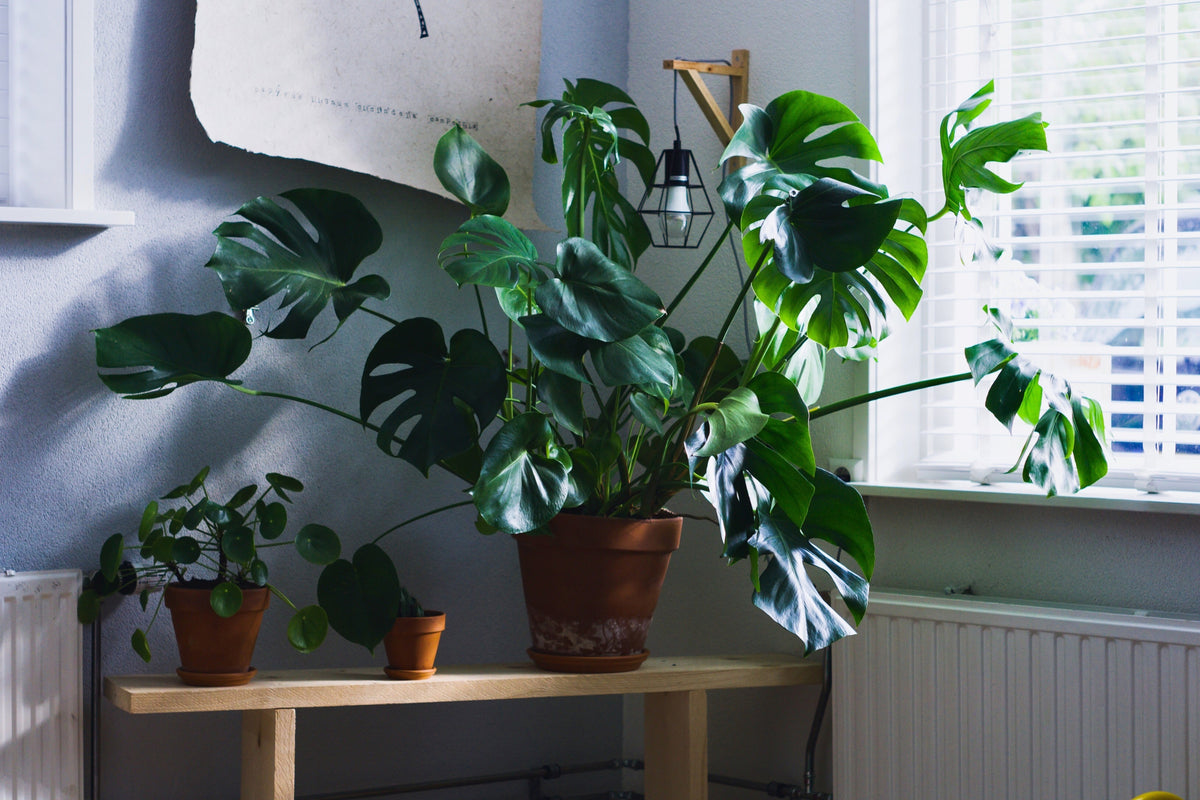Your Ultimate Guide to Choosing the Best Potting Mix for Container Gardening
If you’re gardening in a small space with all your plants in containers, you’re working with soil that cannot regenerate any nutrients from the earth. Because potted plants can’t count on this extra resource, it’s important to find the best potting mix for container gardening that will keep your plants healthy and ensure they thrive.
So how do you tell which potting mix is best? Patio Growers is here with a guide that can help you find a solution. Explore our overview to learn how to use potting mix and discover which will work best for your plants.
1. Choosing Your Potting Mix
One crucial detail to remember here is that potting mix and soil are two different products. If you’re using something that says “mix” on the packaging, it’s actually made of a blend of organic matter without any soil in it at all. On the other hand, potting soil is mainly made of dirt, although some brands will blend organic matter additives to pump up the power of the soil. You can learn more about the differences between mix and soil in this blog. For our blog today, we’ll be discussing potting mixes exclusively.
As you’re browsing potting mix options, consider the plants you plan on growing. The best potting mix for container gardening will vary depending on what you have in your garden.

Mix for Herbs
When it comes to the best potting mix for herbs in your container garden, you’ll need to look for more fertile ingredients, including peat moss, compost, and perlite. Some of your hardier plants, like rosemary, will do better in more arid blends.
Mix for Flowers
Florals are similar to herbs in terms of their potting mix needs. While well-draining soil is a must, ingredients to look out for include perlite, peat moss, and vermiculite to keep the soil light and fluffy. Pine bark is often used for anchorage, so plant roots grow strong.
Mix for Veggies
Compost is essential when it comes to potting mix for veggies. Because you’ll be eating the results, you want strong, healthy specimens with the energy to come back year after year. We also recommend finding a mix with perlite for a loose, well-draining mix.
2. What About Soil?
We’ve talked about the ingredients in the best potting mixes for container gardening, but can you include soil? We would avoid bringing any soil from your garden into your pots, as you don’t know what contaminants could potentially harm your plants. Anything from bugs to disease organisms could destroy a whole container garden!
If you’re using sterile soil from the store, that’s a much safer option, but you want to be careful of the soil weight, as it can quickly compact and harm root growth. Unless your plant specifically needs something found only in soil, potting mix is the better choice.
3. Mix for Different Planter Types

While we’ve broken down potting mixes by plant types, what about different types of planters? How you use potting mix in your pots can have an effect on the way your plants grow. Consider some of these planter types to choose the best potting mix for your container gardening.
Large Planters
Large planters are not always an issue when considering different potting mixes. If you plan on leaving your planters on the ground, weight isn’t an issue at all, and you can use whatever potting mix is best for your plant. However, large planters in precarious positions or those you’ll need to move frequently need to be a little lighter. We recommend avoiding mixes with too much compost, as these have more moisture and they’re a lot heavier in your pot.
Tip: You can also minimize the amount of mix necessary in large pots by shaping the bottom with moss and chicken wire. These lightweight materials raise the bottom of the pot, meaning you need to use less mix to fill it up.
Planter Boxes & Hanging Baskets
Similar to large pots, anything that’s hanging up in the air won’t do well with a heavy potting mix. For these situations, the best potting mix for your container garden is one that’s completely soilless. Coco coir, especially, is a great lightweight base for your mix because it won’t include heavier compost or sand.
4. Reusing Soil or Mix
Both potting mix and sterile soil will lose their potency to help your plants grow over time. Potting mix has a definitive expiration date where all the ingredients in the blend will break down, while soil will be stripped of its nutrients by previous plant inhabitants.
Every time you repot or move plants, you should dump used potting mix in the compost bin and start fresh. Don’t forget to check the expiration date on your potting mix, too!
Tip: For extremely large and deep containers, you don’t need to replace all your mix. You can remove 3-5 inches of material and replace it with fresh mix.
5. How to Use Potting Mix

How much soil you use in a container and how you fill it in are important parts of utilizing the best potting mix for container gardening. Follow our instructions for filling your containers with potting mix:
- Clean your pots thoroughly to prevent disease and pests
- Lightly pack the potting mix into the very bottom of your pot
- Loosely fill in the mix until placing your plant in it provides full coverage for the roots
- Gently pack the mix around the roots as you work
- Pour in more mix on top until you get to about an inch from the lip of the pot
And there you have it! A healthy plant with the best potting mix for container gardening. Now it’s time to do the rest!
Hop to it, and consider adding a self-watering system to cut down on plant maintenance over time.

